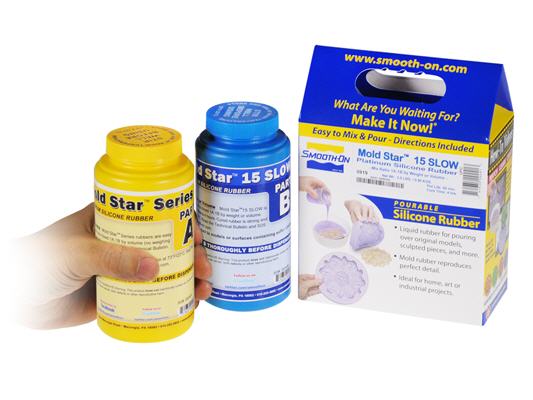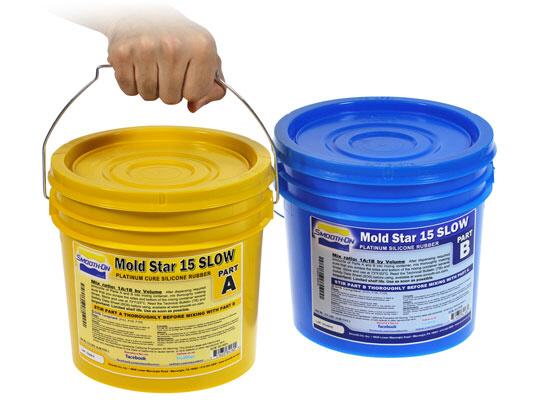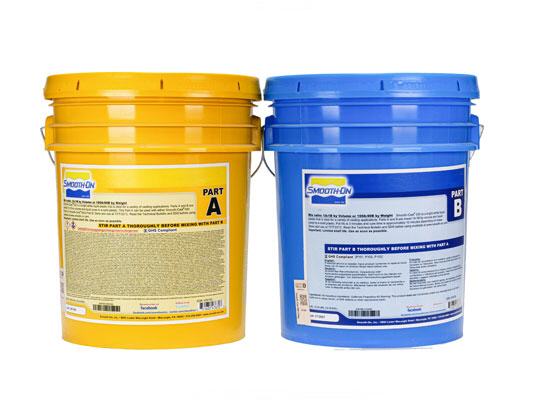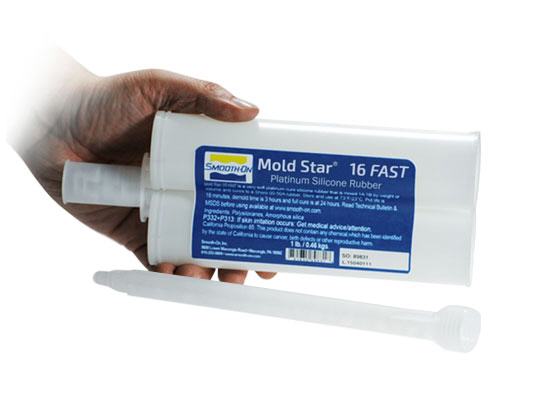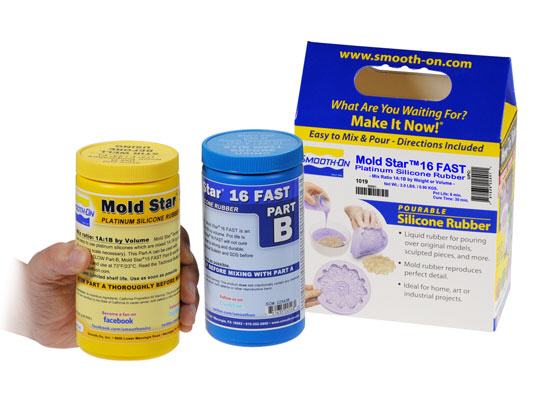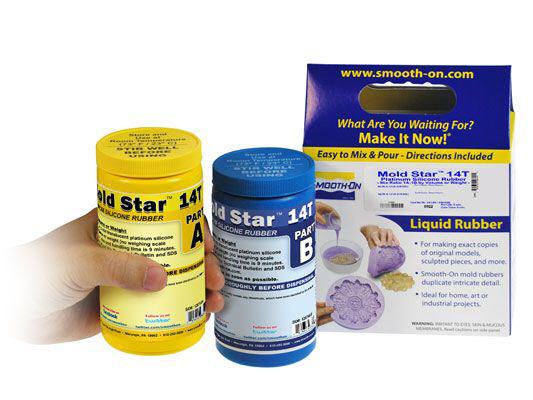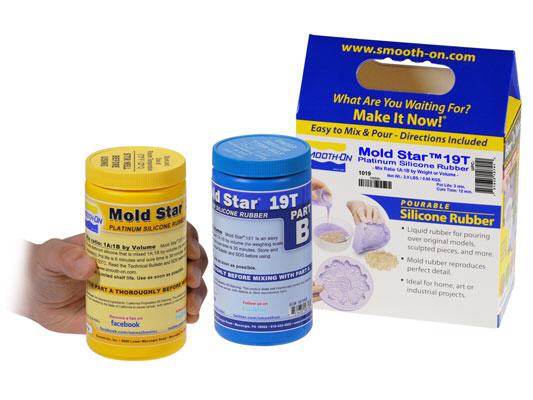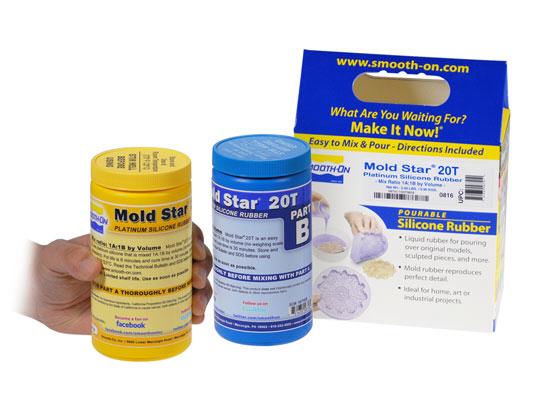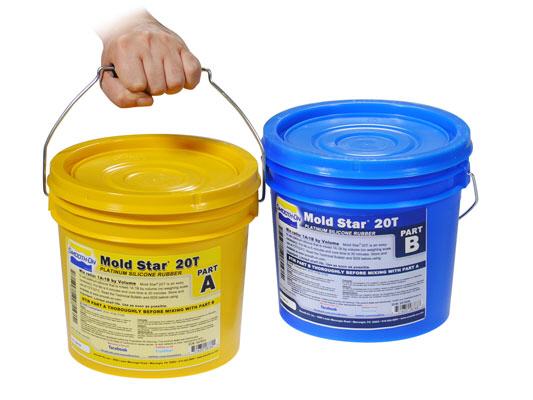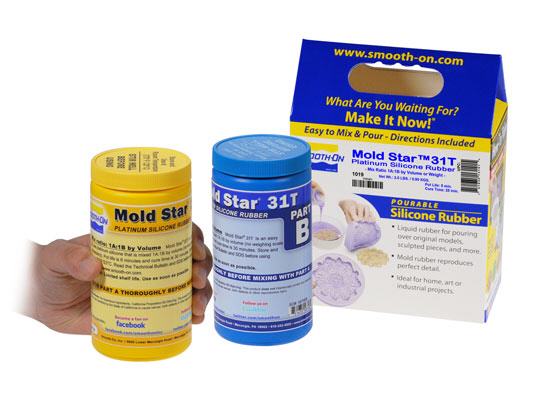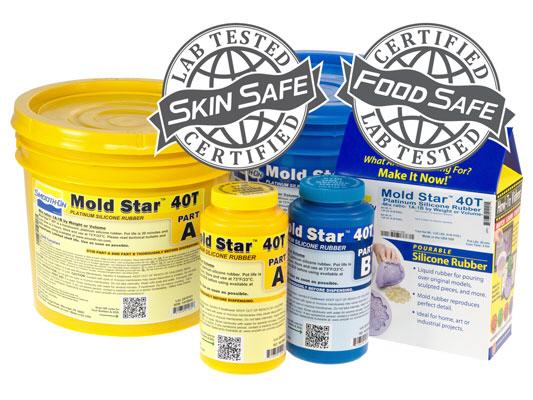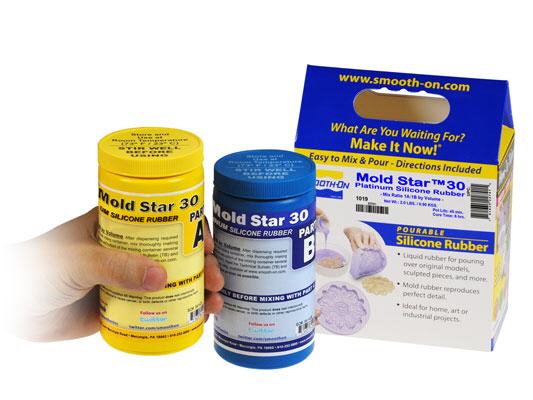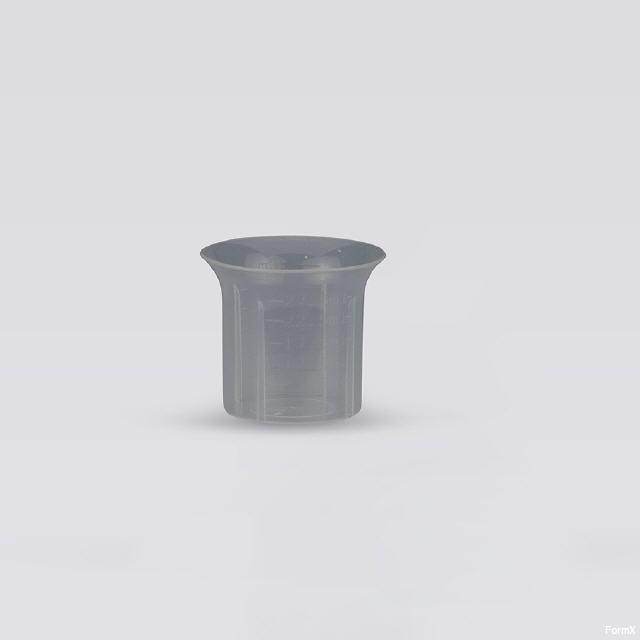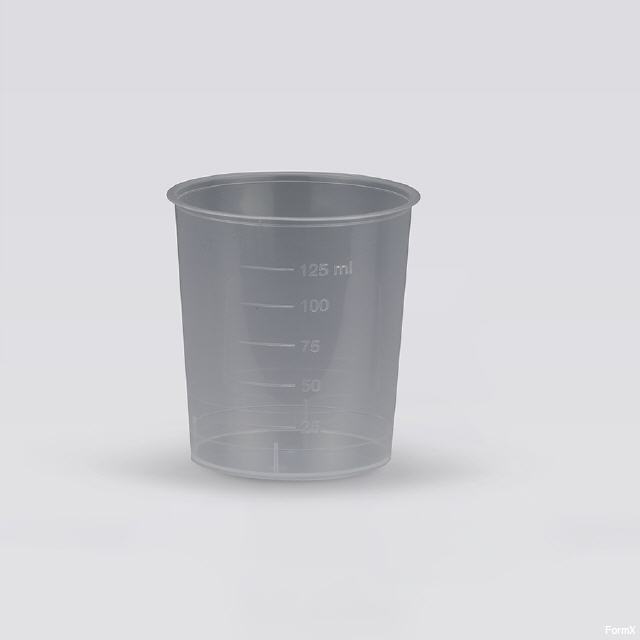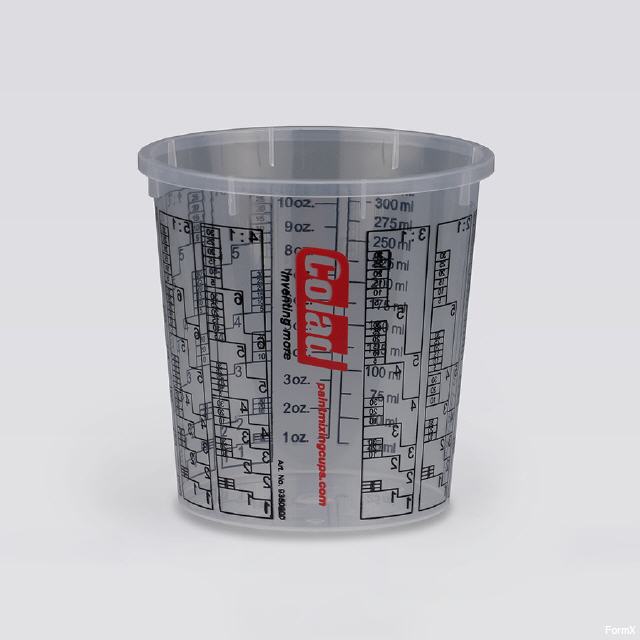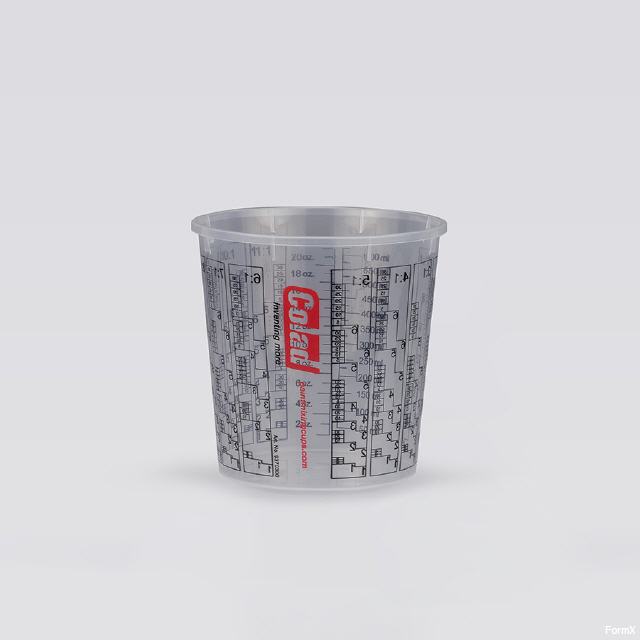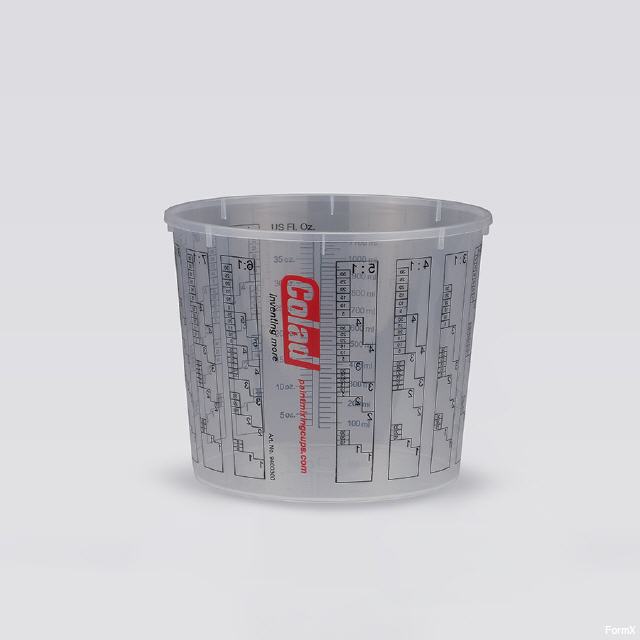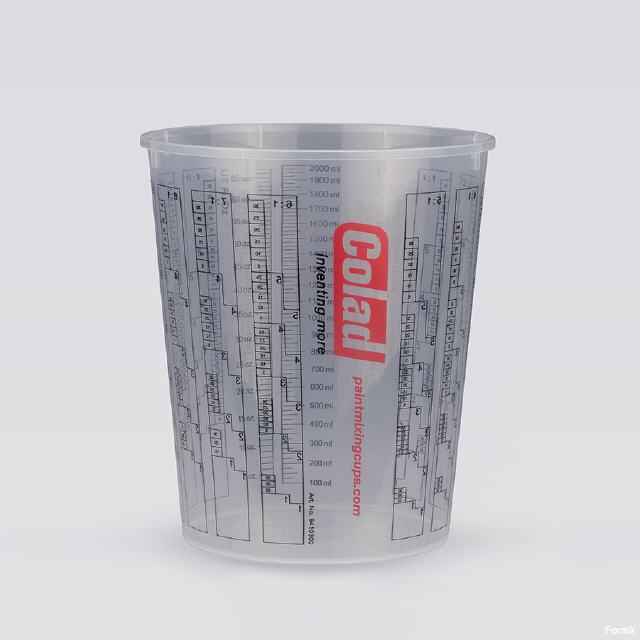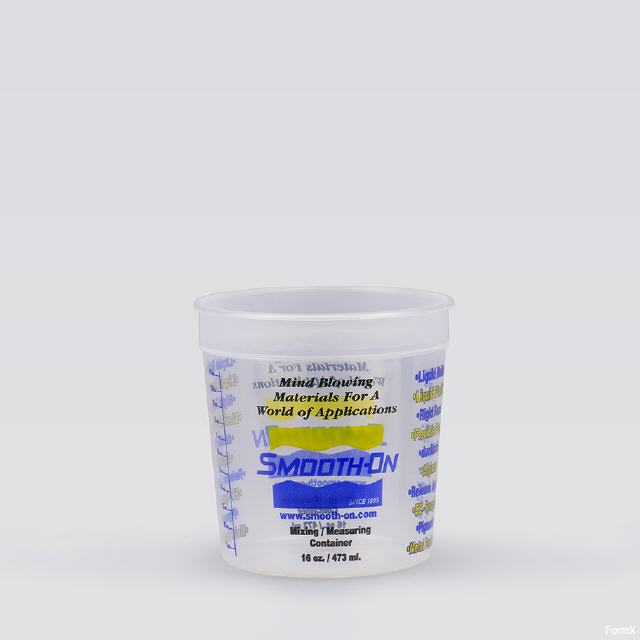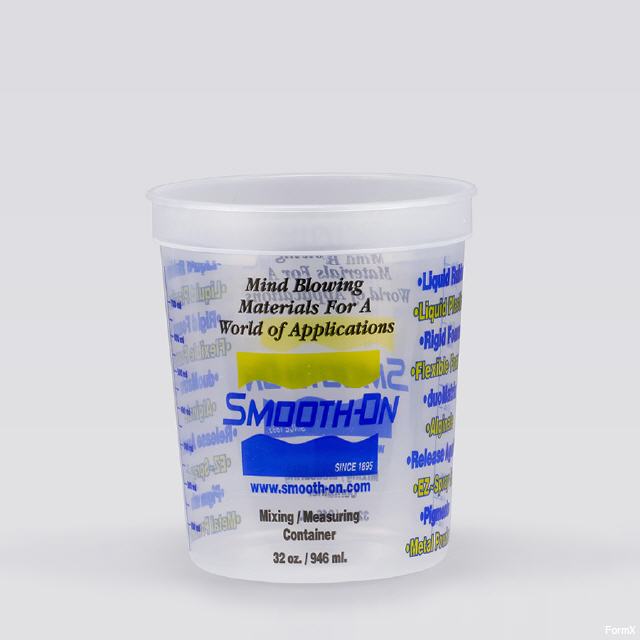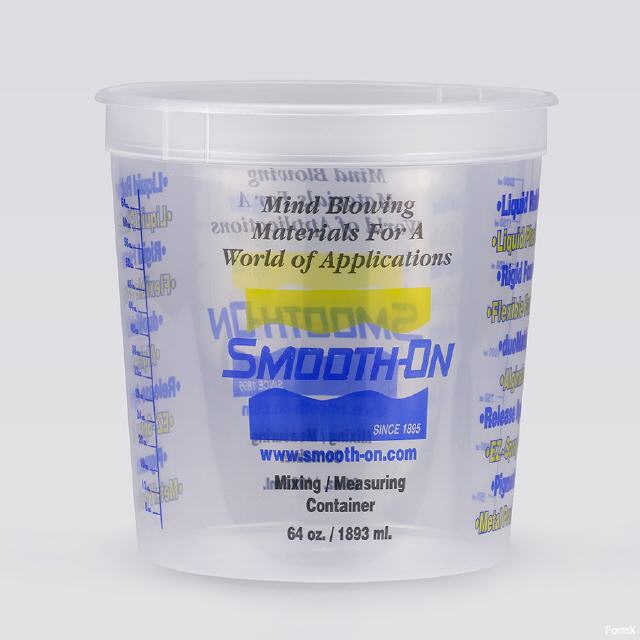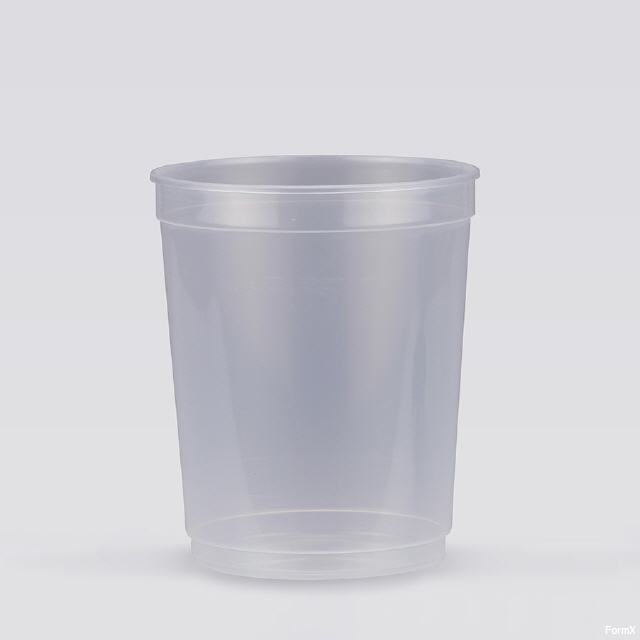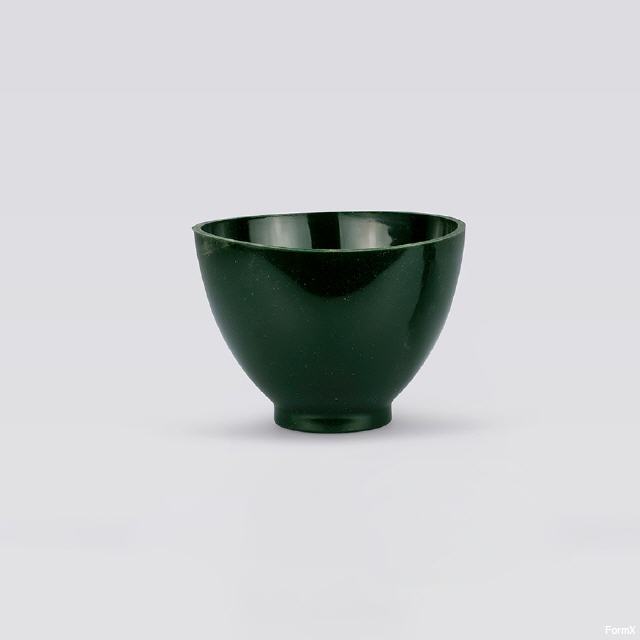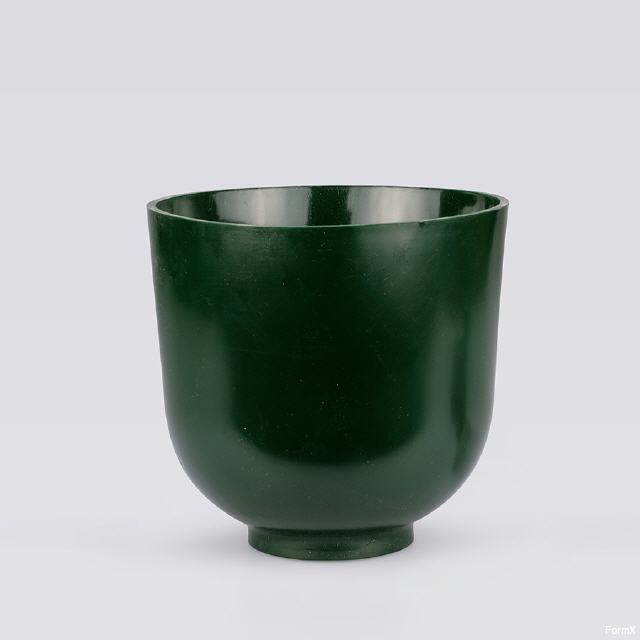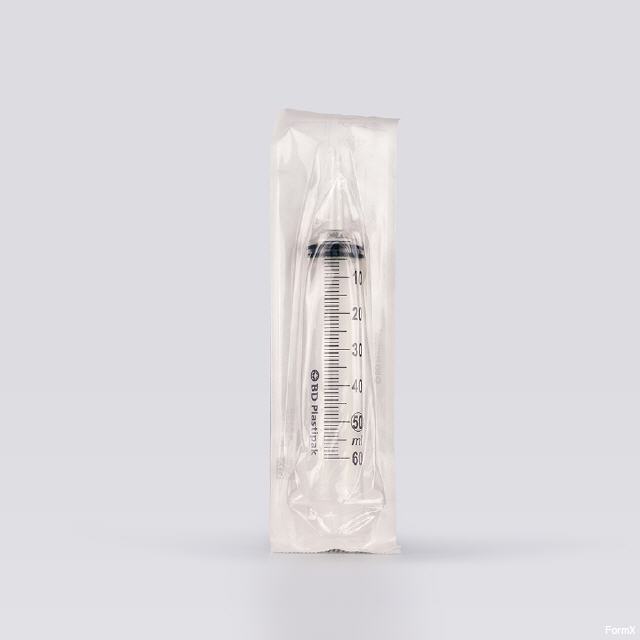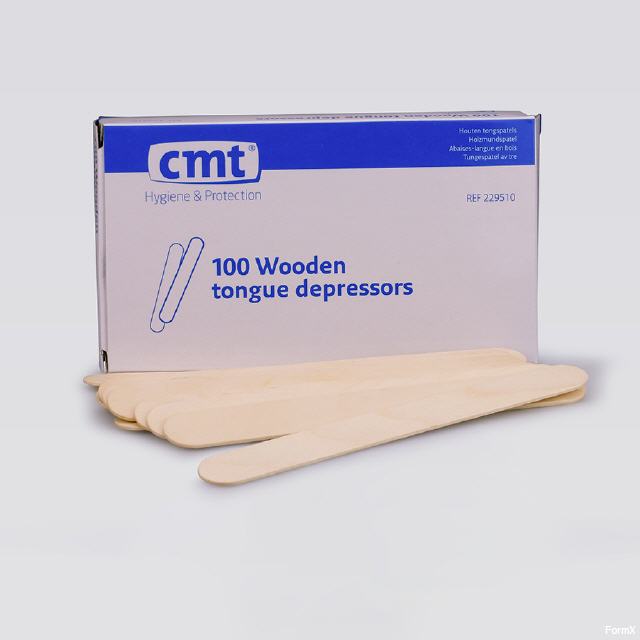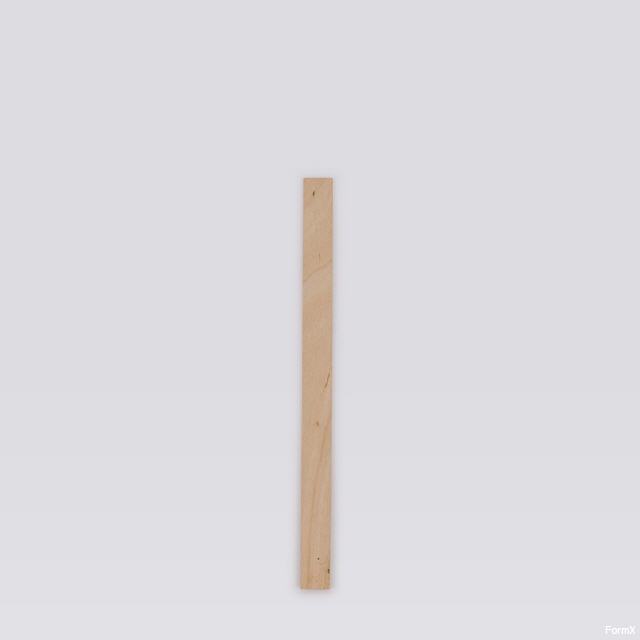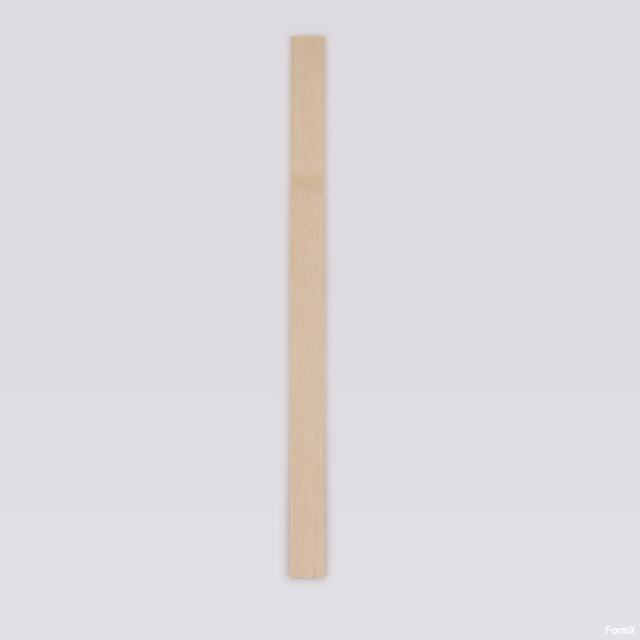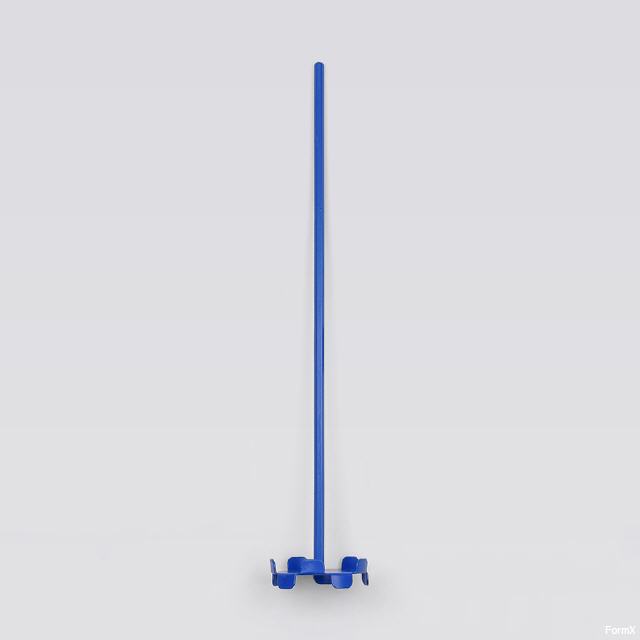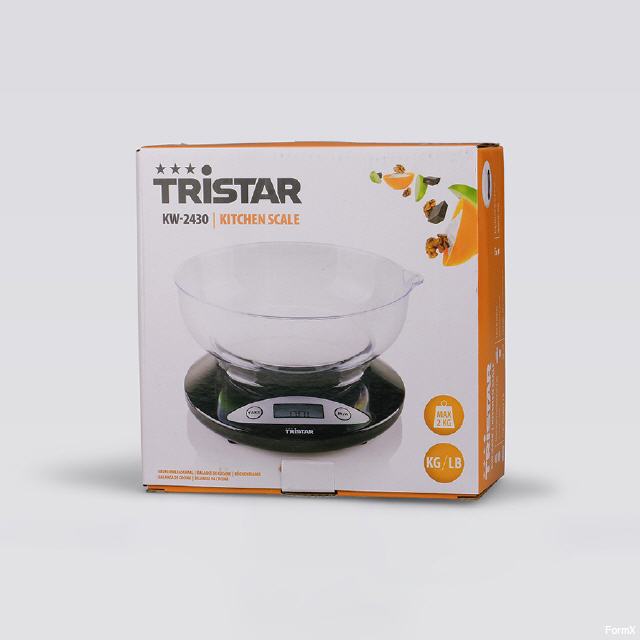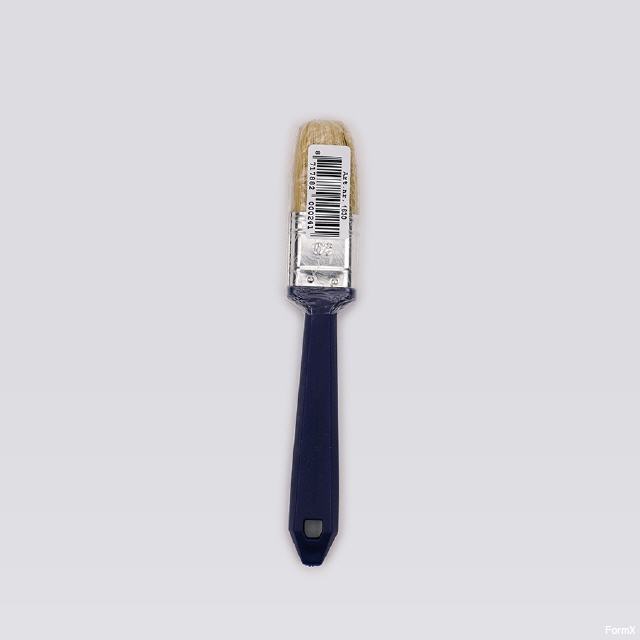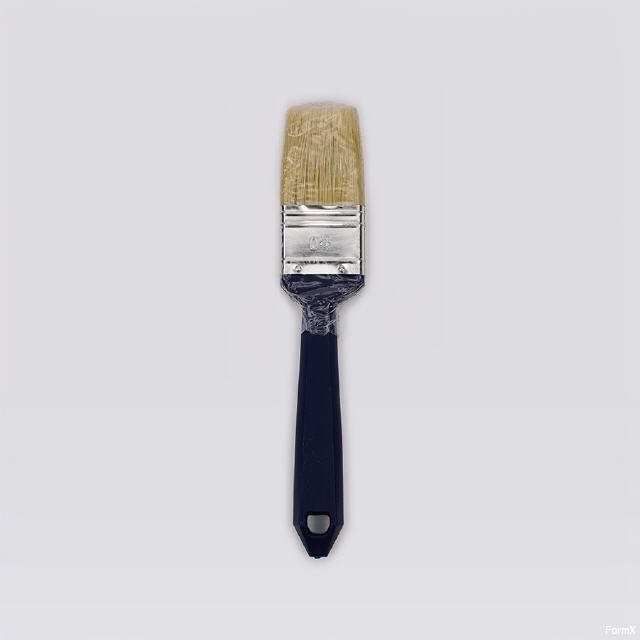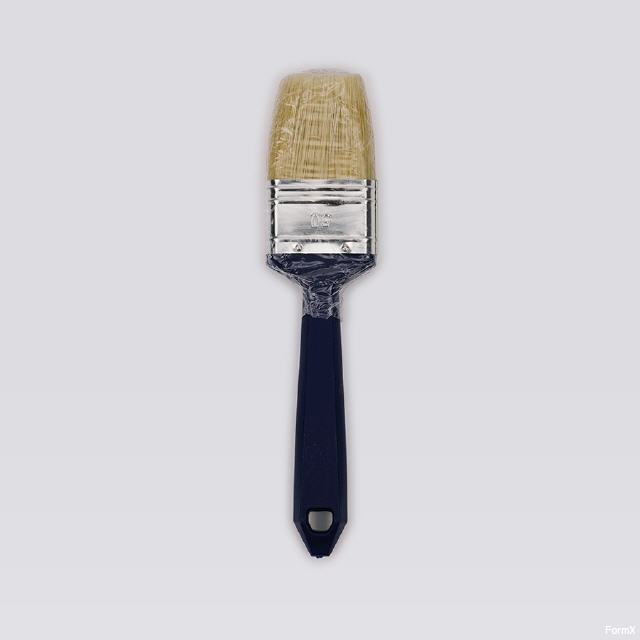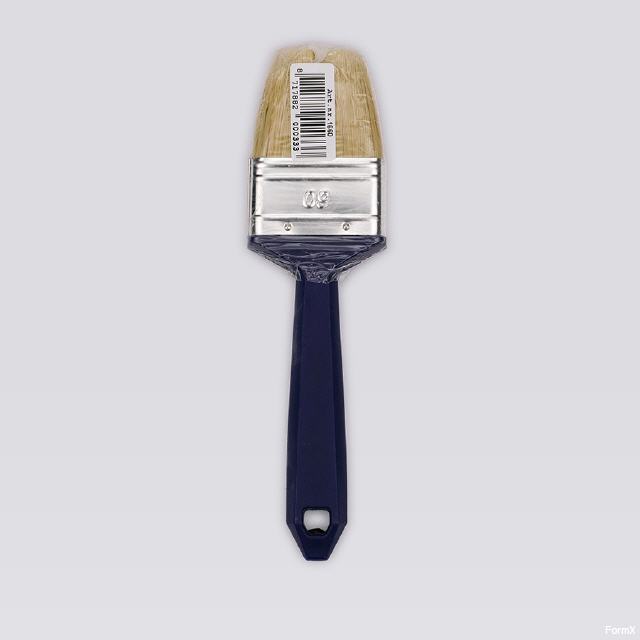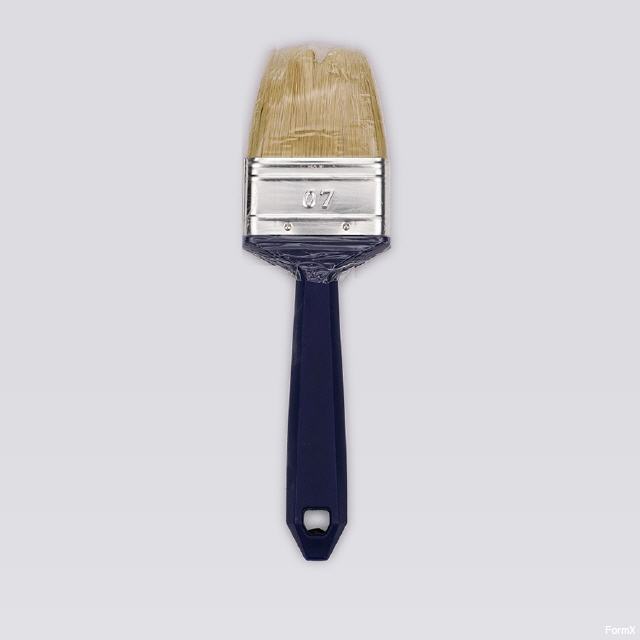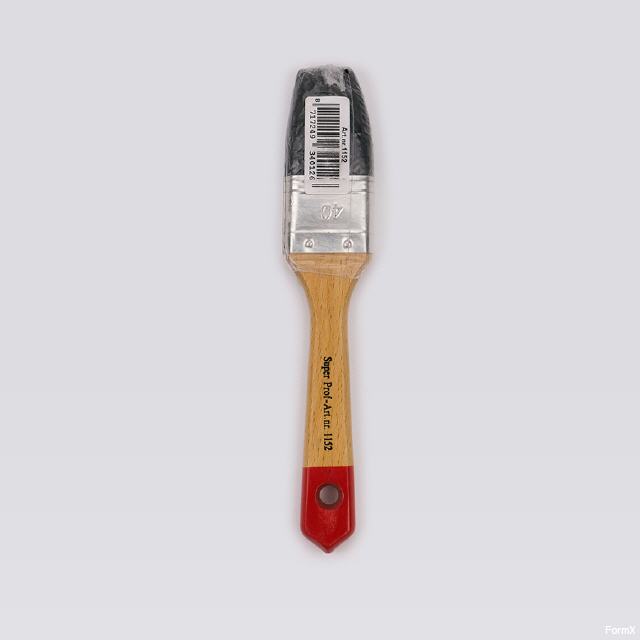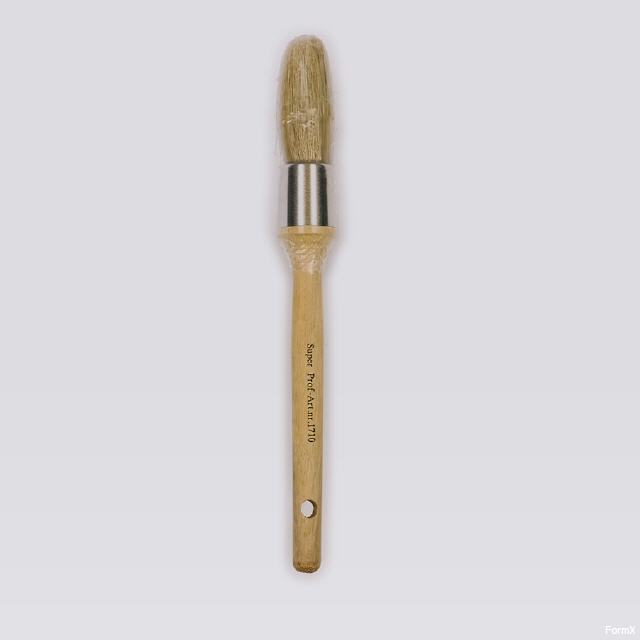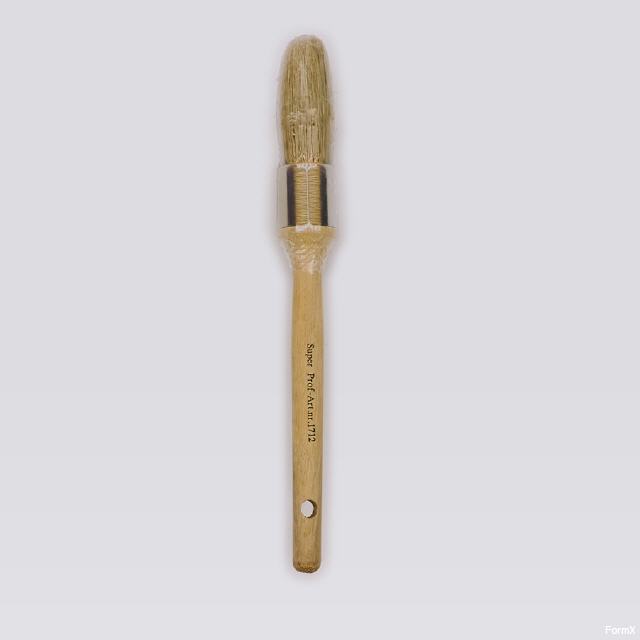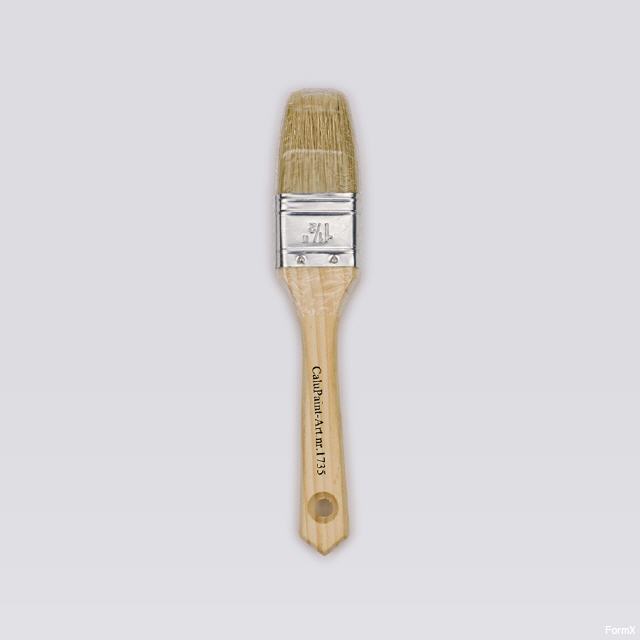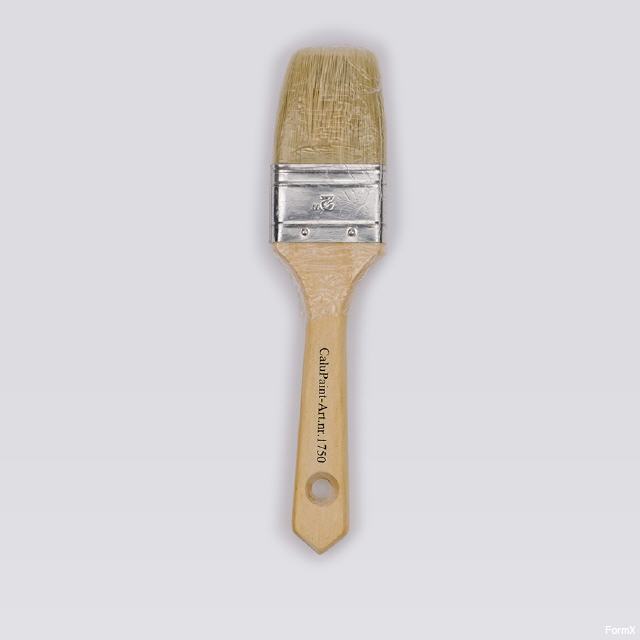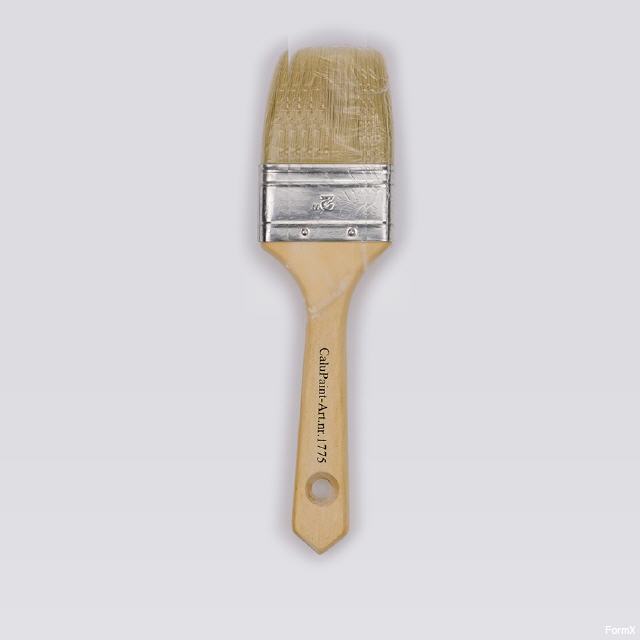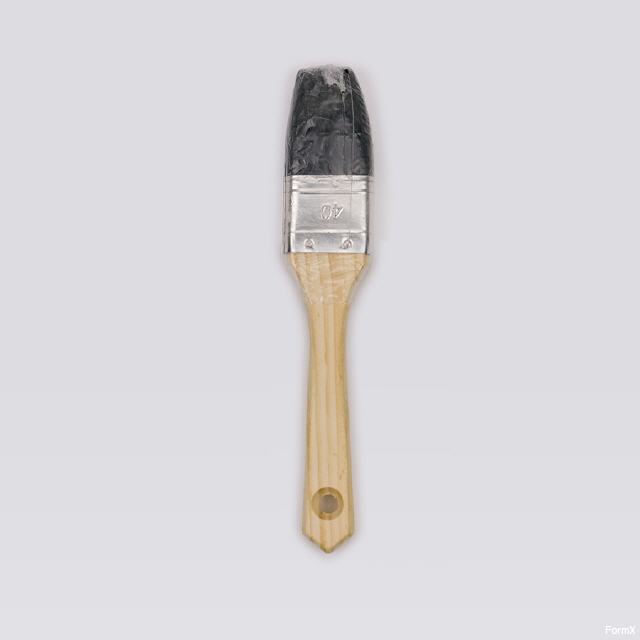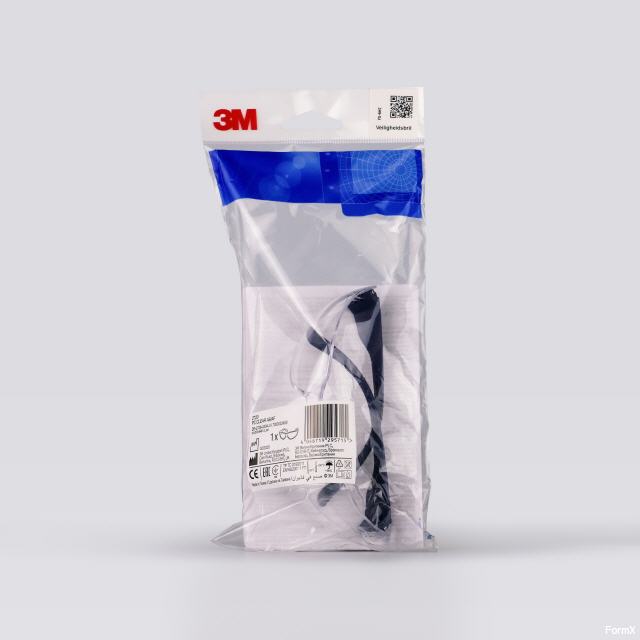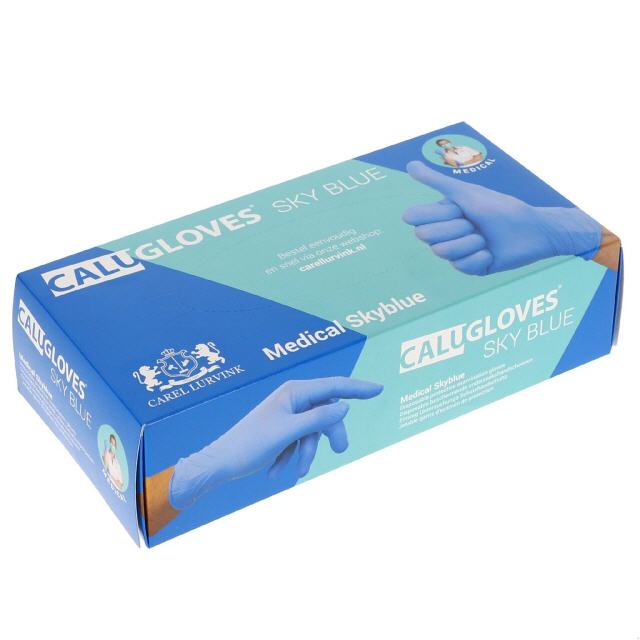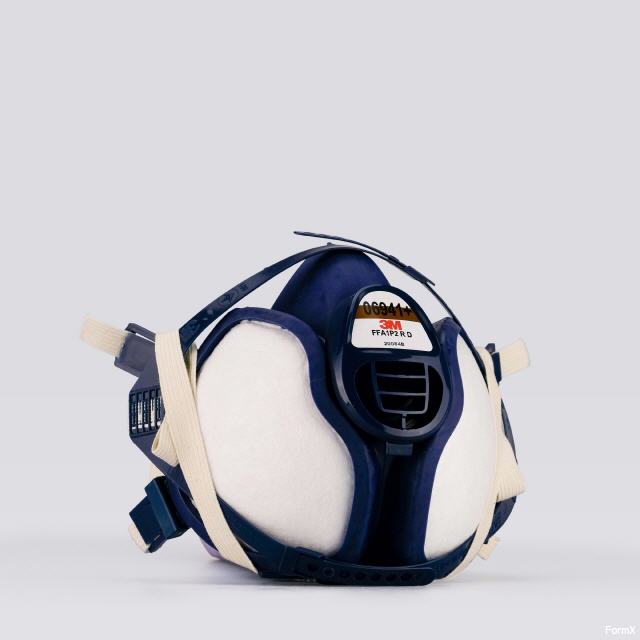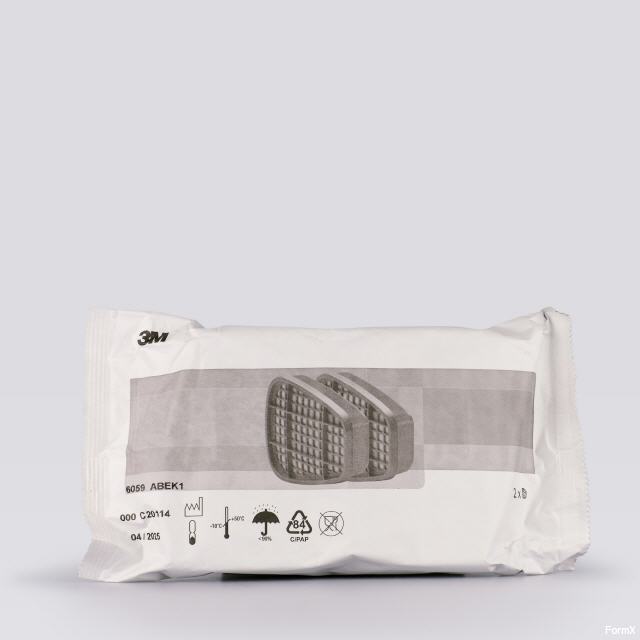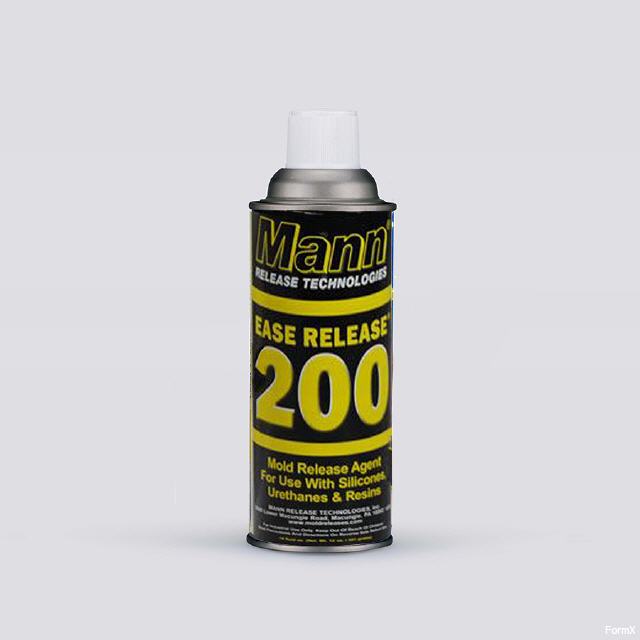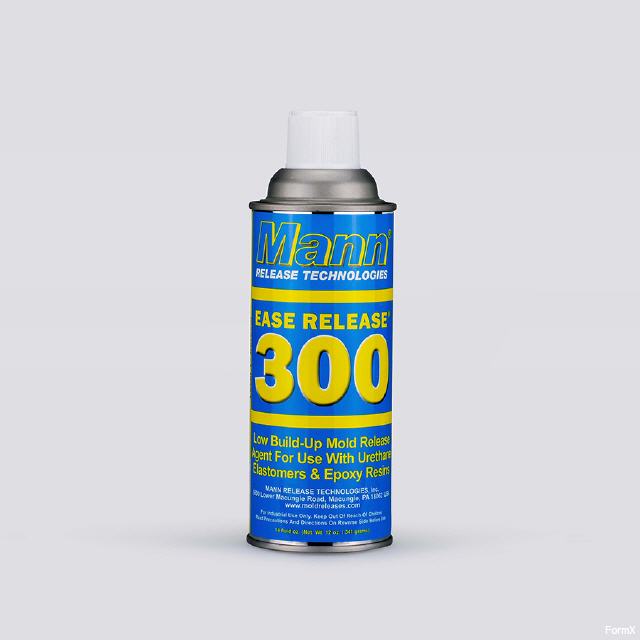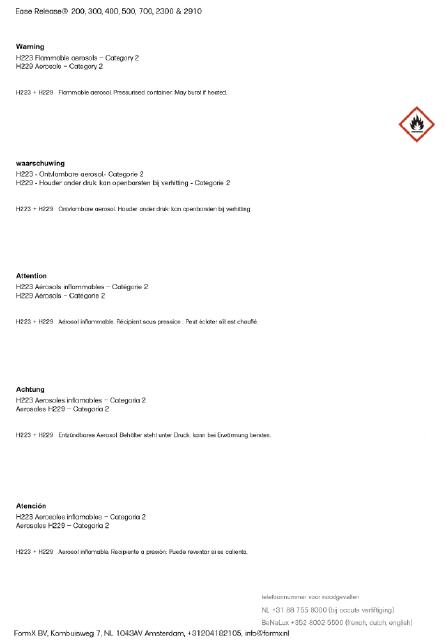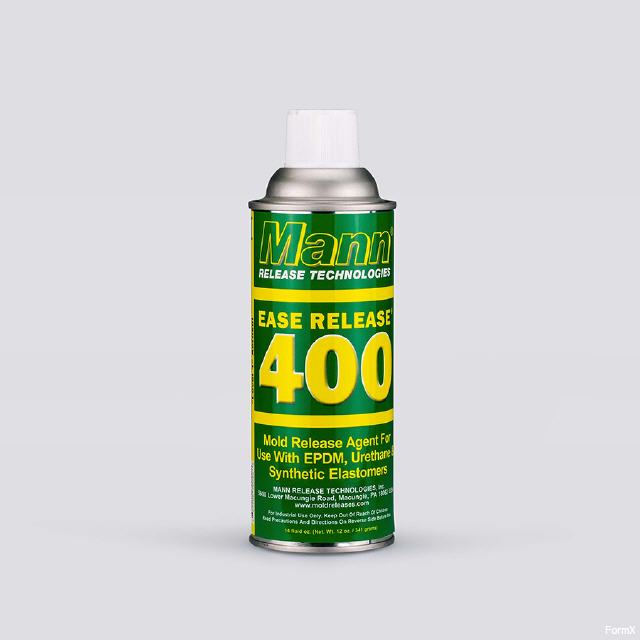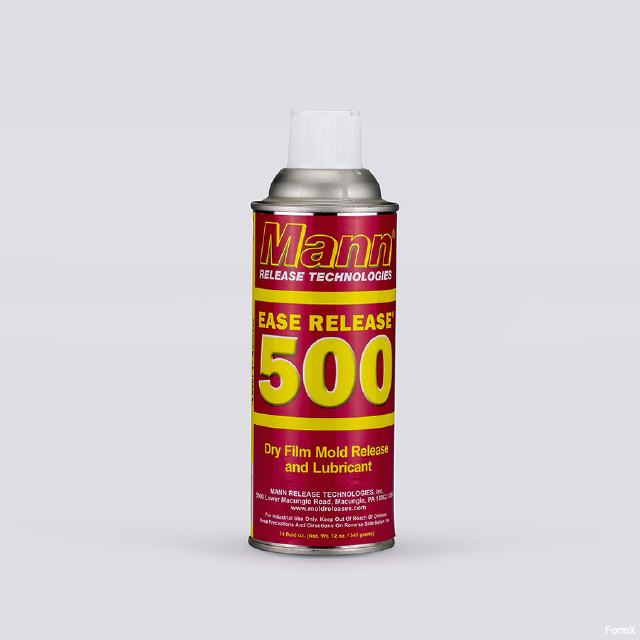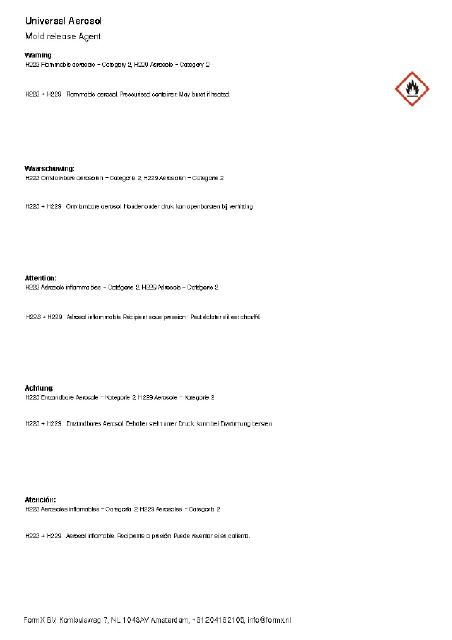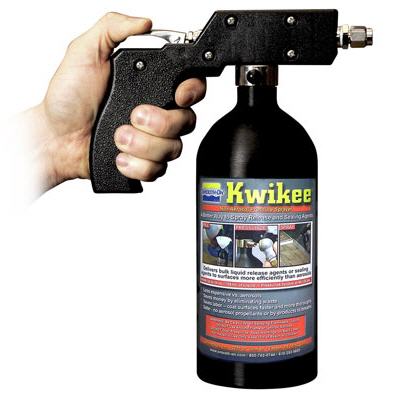- Startseite
- 3D Printers and accessoires
- Formenbau & Gießen
- Silikon-Polykondensation
- Silikon-Polyaddition
- Dragon Skin™ Serie
- Ecoflex™ Serie
- Equinox™ Serie
- Mold Star™ Serie
- Rebound ™ Serie
- Smooth-Sil™ Serie
- Sorta Clear Serie - 'Wasserklare' Silikone
- Body-Double 'Hautsichere' Silikone
- Psycho Paint ™ Silikonfarbe Basis
- Platsil Gel & Deadener
- Rubber Glass
- Encapso™ K
- Solaris ™
- Soma Foama ™ - Silikonweichschaum
- EZ-Brush™ Vac Bag Silicone
- EZ-Spray Platinum Silicones
- Silicone Additives
- Silikone Mattierung & Glättungsmittel
- POLYURETHAN KAUTSCHUCK
- Alginat
- POLYURETHAN HARZ
- POLYURETHAN SCHAUM
- Epoxidharz
- Latex & Schaumlatex
- Mask Making Latex
- Mold Making Latex
- FormX Elastica
- Monstermakers Schaumlatex
- Monstermakers Mask making latex RD-407
- Monstermakers additives & Components
- Holden's Beschichtungs-/Tauchlatex Latex HX-200™
- Holden's HX- Body Latex™ Brushable
- Holden's Mold Making Latex HX-80™
- Holden's Brushable Mold Making Latex HX-974™
- Holden's Mask Making Latex - Pourable HX-407™
- Holden's Mask Making Latex - Brushable HX-807™
- Holden's HX-Cosmetic Latex™
- Holden's Frisket Mask Latex
- Holden's HX-Injection Medium™
- Latex Accessories
- Latex Pigmente
- Latex Paint
- Latex Thickener
- Polyester
- Gips & Zement
- AcrylCast
- Prince August
- Modellieren
- Jesmonite Acryl Systeme
- Buddy Rhodes Beton Systeme
- Additive
- Versiegler & Trennmittel
- Pigments
- Jesmonite Pigments
- Pure Pigments
- Ultra Fine Pigments
- SilcPig® Silikonpigmente
- Glow Worm™
- Cryptolyte Pigmente
- Silc Pig™ Electric
- Siltone Silikonpigmente
- SilTone Kits
- Silicone Pigments - FuseFX Coloring System
- Silicone Coloring System S.A.M
- Key Pigments für Silicone
- Kryolan Flock Faser
- Latex Pigments
- Polyester Pigment
- UVO Pigmente
- SO-Strong Pigmente
- Ignite
- Real Metal Powders 2
- Cast Magic™ Powders
- Faux Metal Powders 2
- Farbe
- Maker Pro Paint™
- Maker Pro Paint™ Metallics
- Maker Pro Paint™ Fluorescent
- Vallejo Acrylfarbe
- Vallego Acrylic Metalfarbe
- Maker Pro Paint Additive
- Vallejo Acrylic Mud
- Vallejo Primers and Laquer
- Psycho Paint ™ Silikonfarbe Basis
- Latexfarbe
- Latex Paint Base
- FFX LY-series paints
- FFX F-series paint
- FFX M-series paints
- jesmonite paint
- Füllmittel und Veredelung
- Lösungsmittel & Verdünner
- Klebstoffe
- Werkzeuge
- Grime & Maske
- Rubber Mask Grease Paint
- Skin Illustrator Paletten
- Skin Illustrator Liquid
- FleshTone 60ml
- FleshTone 120ml
- Dark FleshTone 60ml
- Dark FleshTone 120ml
- FX 60ml
- FX 120ml
- FX 240ml
- Complexion 60ml
- Complexion 120ml
- Alchemy 60ml
- Alchemy 120ml
- Grunge 60ml
- Grunge 120ml
- Grunge 240ml
- Mardi Gras Liquids 60ml
- Mardi Gras Liquids 120ml
- Necromania 60ml
- Mekash Colors 60ml
- Clear Gloss 60ml & 120ml
- Glo-Worm 60ml & 120ml
- Tattoo Classic 60ml & 120ml
- Sunburn
- Alphabetical all
- Skin Illustrator Singles
- Skin Illustrator Glazing Gel (Glacierungs Gel)
- Skin Illustrator Glazing Spray (Glacierungs Spray)
- Skin Illustrator Concentrates
- Skin Illustrator Mouth FX
- Allied FX (Blue Bird)
- RipperFX Palettes
- Stacolor Paletten
- PAX Paints Thomas Suprenant
- MaqPro Farde Palettes
- Tattoo Sheets
- MaqPro Make-Up Mixer
- MaqPro Creamy
- MaqPro Bruise Gel
- Grime Pinsel
- Old Age Stipple
- Stamps & Molds
- Sponges and Applicators
- Head Armatures
- FormX Tools
- Kryolan Make-Up
- Ausrüstung
- Spezial Effekte
- Prosthetische Materialien
- Marken
- FormX Academy
- Anwendungen
- Literatur
Mold Star™ Serie
Kaufen Sie Smooth-On bei FormX

Smooth-On ist einer der weltweit führenden Hersteller von 3D-Modellierungsmaterialien wie Formenbau-, Gieß- und Spezialeffektmaterialien, industrielle Gießharze, Klebstoffe und Ausrüstung. FormX ist Vertriebspartner von Smooth-On-Produkten in Europa.
Mold Star™ Serien (Platinumvernetzt)
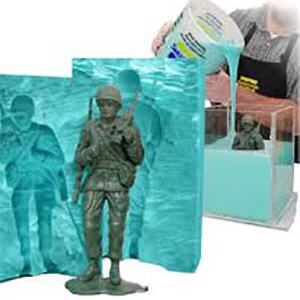
sind weiche und sehr starke Silikonkautschuk. Dieser Kautschuk ist reißfest und hat sehr wenig langfristige Schrumpfung. Formen von Mold Star ® sind gut für das Gießen von Wachs, Gips, Harze, Beton und anderen Materialien. Die gehärtete Form ist hitzebeständig bis 450 ° F (232 ° C) und eignet sich zum Gießen von niedrig Temperatur schmelzenden Metall-Legierungen.
Hinweis: Die THI-VEX ® ist nicht mit Star-kompatibel
Mold ®-Kautschuk ist einfach 1A : 1B nach Volumen zu mischen (keine Waage nötig) und verfügen über relativ niedrige Viskosität. Ein Vakuumentgasung ist derhalbe für die meisten Anwendungen nicht benötigt. Die Topfzeit ist 50 Minuten und Aushärtung beträgt 4 Stunden bei Raumtemperatur. Mold Star ® 16 Fast ist ein schnelleres Material mit einer 6 Minuten Topfzeit und 30 Minuten Aushärtezeit. Mold Star ® 30 ist ein härteres Material mit einer Shore-Härte 30A
Technical bulletin Mols Star 15, 16 and 30
Technical bulletin Mols Star 20T
Mold Star 15 Slow products
Mold Star 16 Fast products
Mold Star xxT products
Mold Star 30
Information
| product name | A:B mixing Ratio | Demold Time | Elongation at Break | Mixed Viscosity | Pot Life | Shore A Hardness | Tear Strength | Specific Gravity |
| Mold Star 15 | 1:1 by volume | 4 hours | 440% | 12500 cps | 50 min | 15 | 88 pli | 1.18 kg/lt |
| Mold Star 14 T | 1:1 by volume | 9 min | 740 % | 11,000 cps | 3 min | 14A | 90pli | 1.08 g/cc |
| Mold Star 16 | 1:1 by volume | 30 min | 440% | 12500 cps | 6 min | 16 | 88 pli | 1.18 kg/lt |
| Mold Star 19T | 1:1 by volume | 3 min | 740% | 11000 cps | 12 min | 19 | 90 pli | 1.08 kg/lt |
| Mold Star 20T | 1:1 by volume | 6 min | 740% | 11000 cps | 30 min | 20 | 90 pli | 1.08 kg/lt |
| Mold Star 30 | 1:1 by volume | 6 hours | 339% | 12500 cps | 45 min | 30 | 88 pli | 1.21 kg/lt |
| Mold Star 31T | 1:1 by volume | 5 min | 400% | 11000 cps | 23 min | 31 | 90 pli | 1.08 kg/lt |
Note: This product will not cure against surfaces containing sulfur, even when sealed.
Cure Inhibition - Addition cured silicone rubber may be inhibited by certain contaminants in or on the pattern to be molded resulting in tackiness at the pattern interface or a total lack of cure throughout the mold. Latex, sulfur clays, certain wood surfaces, newly cast polyester, epoxy or urethane rubber may cause inhibition. If compatibility between the rubber and the surface is a concern, a small-scale test is recommended. Apply a small amount of rubber onto a non-critical area of the pattern. Inhibition has occurred if the rubber is gummy or uncured after the recommended cure time has passed. To prevent inhibition, one or more coatings of a clear acrylic lacquer applied to the model surface is usually effective. Allow any sealer to thoroughly dry before applying rubber.
If you are not sure if your clay contains sulfur, do a small compatibility test before using for an important project.
Applying A Release Agent - Although not usually necessary, a release agent will make demolding easier when casting into most surfaces. Ease Release™ 200 is a proven release agent for releasing silicone from silicone or other surfaces. Mann Ease Release™ products are available from our Website.
Because no two applications are quite the same, a small test application to determine suitability for your project is recommended if performance of this material is in question.
Measuring & Mixing - Before you begin, pre-mix Part A and Part B separately. After dispensing required amounts of Parts A and B into mixing container (1A:1B by volume), mix thoroughly making sure that you scrape the sides and bottom of the mixing container several times. The rubber should be a uniform color with no streaks.
Optional... Vacuum Degassing - Although not necessary, vacuum degassing helps eliminate any entrapped air in pourable silicone rubber. After mixing parts A and B, vacuum material for 2-3 minutes at 29 inches of mercury, making sure that you leave enough room in container for product expansion.
Pouring - For best results, pour your mixture in a single spot at the lowest point of the containment field. Let the rubber seek its own level. A uniform flow will help minimize entrapped air. If using as a mold material, the liquid rubber should level off at least 1/2” (1.3 cm) over the highest point of the model surface.
Heat Curing - Time to demold can be reduced by applying mild heat.
Adding an appropriate amount of Plat-Cat™ cure accelerator will also reduce demold time.
The pot life and cure times can be extended using Slo-Jo™ cure retarder.
Do not cure rubber where temperature is less than 65°F/18°C.
Mold Performance & Storage - The physical life of the mold depends on how you use it (materials cast, frequency, etc.). Casting abrasive materials such as concrete can quickly erode mold detail, while casting non-abrasive materials (wax) will not affect mold detail. Before storing, the mold should be cleaned with a soap solution and wiped fully dry. Two part (or more) molds should be assembled. Molds should be stored on a level surface in a cool, dry environment.
Safety - Use in a properly ventilated area (“room size” ventilation). Wear safety glasses, long sleeves and rubber gloves to minimize contamination risk. Wear vinyl gloves only. Latex gloves will inhibit the cure of the rubber. Store and use material at room temperature (73°F/23°C). Warmer temperatures will drastically reduce working time and cure time. Storing material at warmer temperatures will also reduce the usable shelf life of unused material. These products have a limited shelf life and should be used as soon as possible.
Messen, Wiegen und Mischen
Pinsel
Sicherheit
Trennmittel
Hilfe bei der Auswahl
Produkte nach Anwendung sortiert, z. B.:Lifecasting, Bildhauerei, Gießen, Special FX Make-up, Zahnprothesen Special FX, Studium.
Ihr One-Stop-Shop für 3D-Modelling-Materialien
